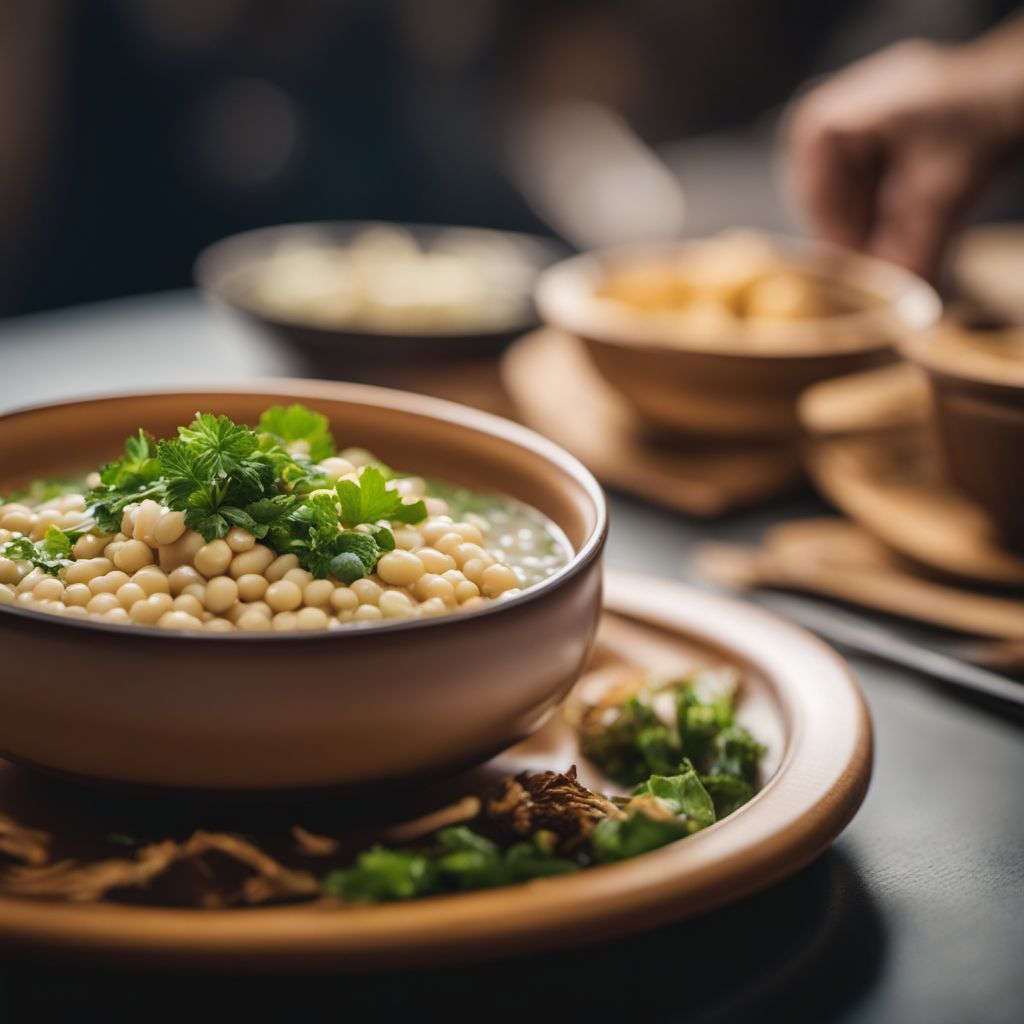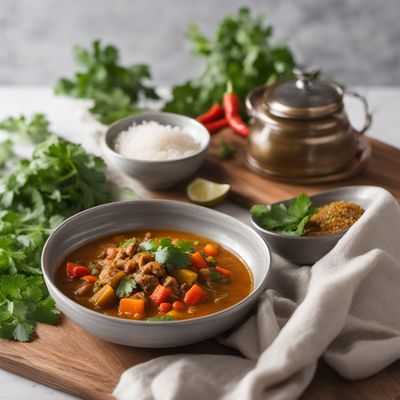
Dish
Yuba
Yuba is made by simmering soy milk until a skin forms on the surface. The skin is then removed and dried, creating a thin sheet of soy protein. Yuba has a delicate flavor and a slightly chewy texture. It is a versatile ingredient that can be used in a variety of dishes, including soups, stews, and salads.
Origins and history
Yuba has been a part of Japanese cuisine for centuries. It originated in the Kyoto region and is still a popular ingredient today.
Dietary considerations
Suitable for vegans and those on a gluten-free diet. Contains soy.
Variations
Variations of Yuba can include different types of seasonings or sauces. Some recipes also call for the addition of vegetables or meat to create a more substantial dish.
Presentation and garnishing
To prevent the yuba from becoming too tough, it should be soaked in water before use. This will help to soften it and make it more pliable. Yuba can be presented in a variety of ways, depending on the dish. It can be rolled up and sliced for use in sushi or served in a bowl with other ingredients. Garnish with fresh herbs or a sprinkle of sesame seeds for added visual appeal.
Tips & Tricks
Yuba can be difficult to find in some areas. If you cannot find it, you can try making it at home by simmering soy milk and removing the skin that forms on the surface.
Side-dishes
Yuba can be served in a variety of ways, including in soups, stews, or salads. It can also be used as a wrap for sushi or other fillings. It pairs well with a variety of flavors, including soy sauce, ginger, and sesame oil.
Drink pairings
Yuba pairs well with green tea or sake.
Delicious Yuba recipes
More dishes from this category... Browse all »

A-gei
Taiwanese cuisine

Abará
Brazilian cuisine

Aburaage
Japanese cuisine

Acciughe sotto pesto
Italian cuisine

Accra
West African cuisine

Aggala
Indian cuisine

Airplane Olive
Greek cuisine

Alaisa fa'apopo
Samoan cuisine




